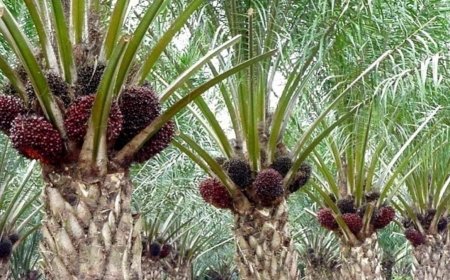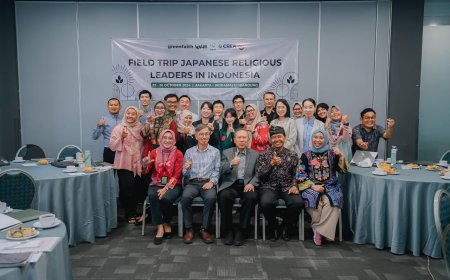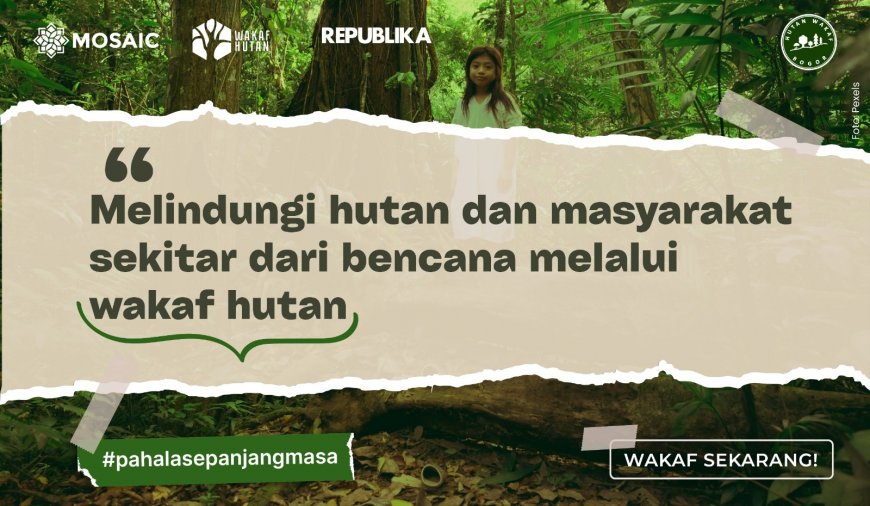MLH Muhammadiyah Plant Thousand Mangrove Trees
Mangrove planting is part of the Eco-Village program to respond to climate change due to rising sea levels.
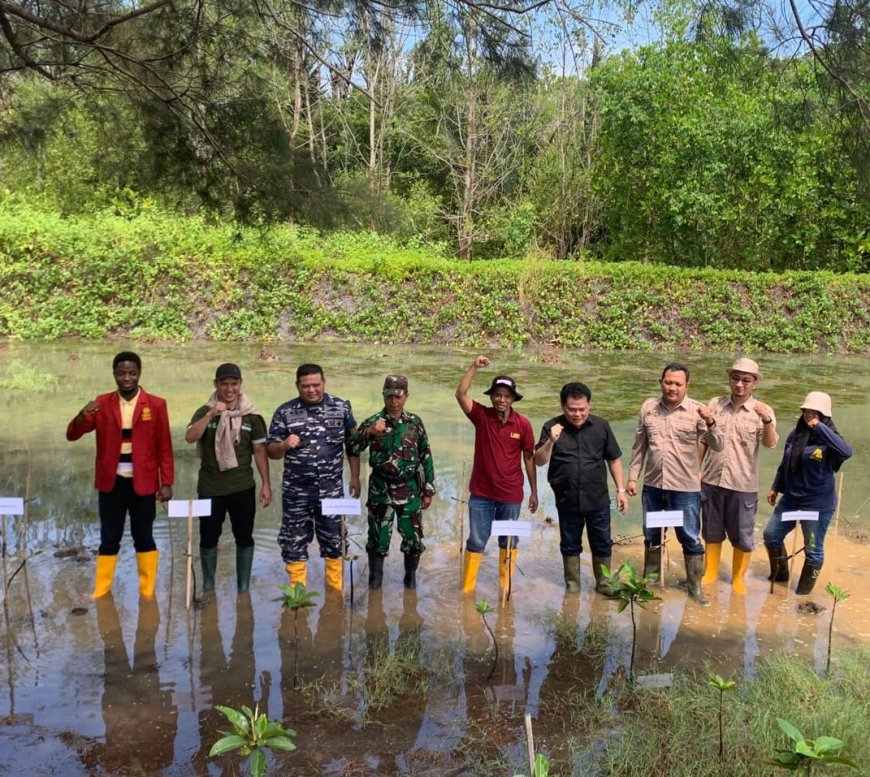
Central Leadership Environment Assembly (MLH PP.) Muhammadiyah carried out the planting of 1000 Mangrove Trees in Kulon Progoro, DIY. According to MLH Chairman Azrul Tanjung, the tree planting is part of the Eco-Village program in responding to Climate Change due to rising sea levels and erosion along the South coast of Java.
The
activity was carried out at the Mangrove Forest Farming Group (KTH) Pasir Kadilangu, an area of 25 hectares in Temon Kulon Progro, Special Region of Yogyakarta. Azrul Tanjung said that MLH will continue to plant trees both in KTHM Kadilangu with 50,000 trees and along the south of Java Island. He hopes that MLH can plant 1 million trees along the south coast of Java. “We hope that KTH Kadilangu will be a pilot project for us to plant until completion, the remaining 50,000 trees will be planted”, he said
.
In the future, he hopes, the program can be joined by the Ministry of Environment and Forestry (MOE RI). According to him, the program can be accompanied by empowerment of the community and the development of eco-tourism. “Especially for KTH because its location is close to the airport, Jogja is also the capital of Muhammadiyah. If developed with the existing tourist infrastructure, this can become a place for Muhammadiyah activities throughout Indonesia in Jogja, as well as provide income to the community,” said Azrul, who is also the Secretary General of the Indonesian Ulama Assembly (MUI).
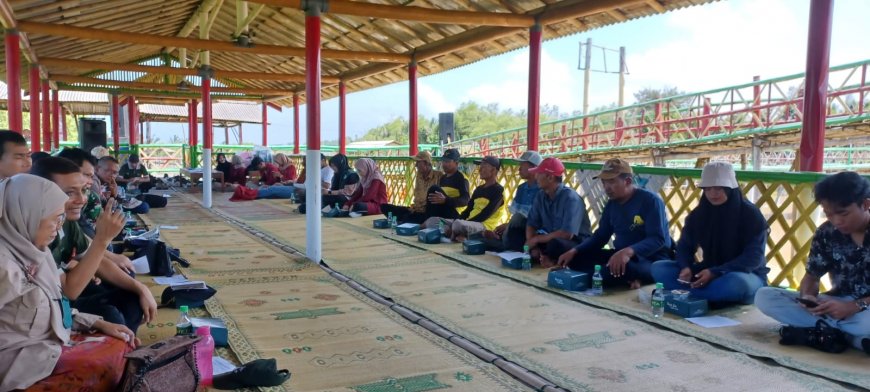
The planting of 1000 mangrove trees is a collaboration of MLH PP. Muhammadiyah, Community Service Institution Universitas Muhammadiyah Yogyakarta (LPM UMY), and BPDAS Serayu Opak Progoro. The event was attended by 100 participants from UMY Government Science students, members of KTHM and
Kulon Progo Society.
Mangrove planting was previously also introduced for Muhammadiyah students. A total of 126 Muhammadiyah Junior High School students from Kottabarat Surakarta Special Program participated in mangrove planting activities. This activity is a series of educational processes related to mangrove resources in Maerokoco Semarang, on Thursday (4/1).
The destination of Maerokoco Park was chosen because it corresponds to the theme of introducing sustainable living as a project to strengthen the profile of pancasila students, reported from the Muhammadiyah portal, namely suaramuhammadiyah website.
Upon arrival at Maerokoco Semarang, the students were greeted by a tour guide. The students get an explanation about the power and the process of securing mangroves in Anjung Surakarta. According to Topo, the planting of mangrove trees has many functions in maintaining natural ecosystems.
“Mangrove forests can serve to protect the coastline, as a natural barrier against storms and floods, protect the coastline from erosion and help reduce the impact of natural disasters,” he explained.
After being given an explanation of the importance of mangrove trees, the students were invited to get to know mangrove trees more closely. Interestingly, they were invited to plant mangrove trees together with the maerokoco team. Apparently the students were quite enthusiastic because it was only the first time they planted mangrove trees
.
Akhdan Zhafif Abadi, one of the students admitted to being happy and getting a lot of benefits from the activity. He said that planting mangrove trees on the seashore is necessary to combat the impact of abrasion that occurs due to the movement of sea water. In addition, mangrove forests are growing habitats in the form of plants and animals
.
Meanwhile, Hermawan Adi Saputra, an accompanying teacher, stressed the importance of outing class activities in the mangrove forest area because it provides an educational message to the students to maintain sustainable living. “With this, students can observe firsthand the virtues of mangrove planting and increase the sense of love for the environment,” he explains
.
The students walk around in mangrove forests designed like miniatures of cities or districts of Central Java. They saw buildings that served as public spaces such as the Holy Anjung and a copy of the Great Mosque of Demak
.
In addition, the thing that interested the students was to take a walk through the mangrove forest and along the trails. The road is made of wooden planks and is located above the lake surrounding the Grand Maerokoco estate. Seen several fleets of ships and rabbit trains from there. Despite the hot atmosphere, the students felt happy and enjoyed.

